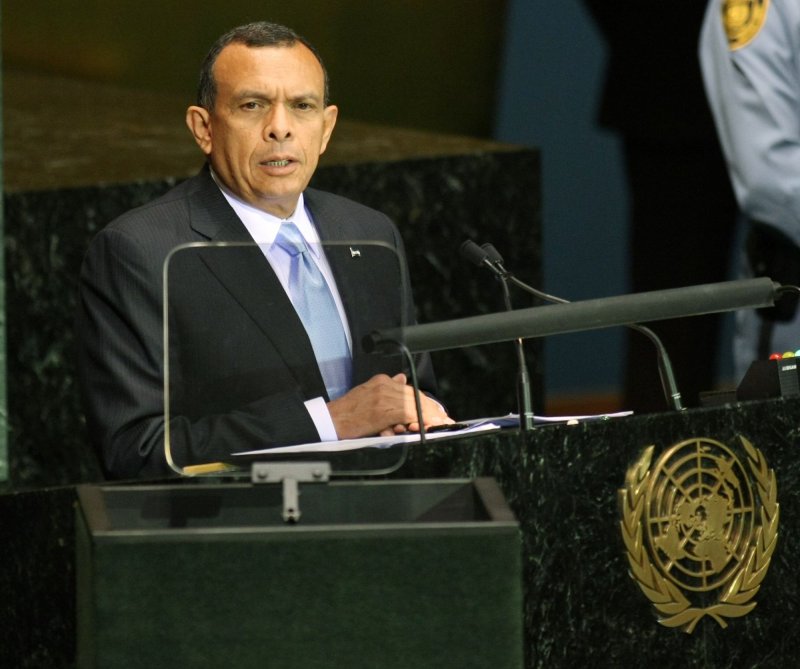ITS NOT THE VIEW ITS THE PROPERTY VALUES
Renewable energies: No wind turbine disturbing the scenery
KIT researchers quantify energy system costs for stopping further expansion of wind energy use in beautiful landscapes

IMAGE: THIS IS WHERE A WIND TURBINE MIGHT BE LOCATED. IN BEAUTIFUL LANDSCAPES, SUCH AS IN THE ALPINE FOOTHILLS, REJECTION OF WIND POWER OFTEN IS VERY HIGH. (PHOTO: MARKUS BREIG, KIT) view more
CREDIT: PHOTO: MARKUS BREIG, KIT
Wind energy is of outstanding importance to the energy transition in Germany. According to the Federal Statistical Office, its share in total gross electricity production of about 24% is far higher than those of all other renewable energy sources. "To reach our climate goals, it is important to further expand these capacities and to replace as much coal-based power as possible," says Professor Wolf Fichtner from KIT's Institute for Industrial Production (IIP). "However, there is considerable resistance, especially in beautiful landscapes." A team of researchers from KIT, the University of Aberdeen, and the Technical University of Denmark has now calculated what this means for the costs of the energy transition and for the CO2 balance of municipalities in Germany.
Quantifying Wind Power Rejection
The calculations are based on evaluations of the beauty of German landscapes according to standardized criteria by thousands of respondents. "It was confirmed for Great Britain that rejection of wind energy expansion is much higher in municipalities located in beautiful sceneries than in less beautiful regions," says Max Kleinebrahm, IIP. "When transferring this finding to Germany and replacing the qualitative factor of rejection by a development scenario without wind power, the additional costs expected when using no wind turbines can be projected precisely." As a reference, the researchers used another techno-economically optimized scenario for the transformation of the energy system with the use of local wind power.
The comparison was made for 11,131 municipalities in Germany and projected until 2050. It was found that stopping the expansion of wind energy use in the most beautiful landscapes might increase power generation costs in some municipalities by up to 7 cents per kilowatt hour and CO2 emissions might rise by up to 200 g per kilowatt hour. "Instead of wind energy, it would then be necessary to expand use of other types of renewable energy sources, such as solar energy or bioenergy," says Jann Michael Weinand (IIP), one of the main authors of the study. "Solar energy, however, is associated with higher system integration costs causing most of the surcharge." Only in very few cases can wind energy for local electricity production be replaced completely. In many cases, power imports would be needed, which would result in comparably high CO2 emissions.
Participation for a Solution
The researchers cannot offer a quick solution for the conflict between nature protection and climate-friendly power production with wind turbines. Still, they would like their study to contribute to a reconciliation. "We provide the necessary data so that those responsible on the ground can make knowledge-based decisions," Fichtner says. Further analyses are planned to obtain in-depth understanding of the interrelations between local rejection of wind power, landscape beauty, and impacts on the energy system. (mhe)

CAPTION
This map shows beautiful landscapes in Germany and the costs of a stop of wind power expansion. In the red areas, this stop would be particularly expensive. (Graphics: Jann Michael Weinand et al.)
CREDIT
Graphics: Jann Michael Weinand et al.
Original Publication
Jann Michael Weinand, Russell McKenna, Max Kleinebrahm, Fabian Scheller, and Wolf Fichtner: The Impact of Public Acceptance on Cost Efficiency and Environmental Sustainability in Decentralized Energy Systems. Patterns, 2021. https:/
More about the KIT Energy Center: https:/
Further Information: https:/
Contact for This Press Release
Dr. Martin Heidelberger, Press Officer, phone: +49 721 608-41169, Email: martin.heidelberger@kit.edu
Being "The Research University in the Helmholtz-Association," KIT creates and imparts knowledge for the society and the environment. It is the objective to make significant contributions to the global challenges in the fields of energy, mobility and information. For this, about 9,600 employees cooperate in a broad range of disciplines in natural sciences, engineering sciences, economics, and the humanities and social sciences. KIT prepares its 23,300 students for responsible tasks in society, industry, and science by offering research-based study programs. Innovation efforts at KIT build a bridge between important scientific findings and their application for the benefit of society, economic prosperity, and the preservation of our natural basis of life. KIT is one of the German universities of excellence.




